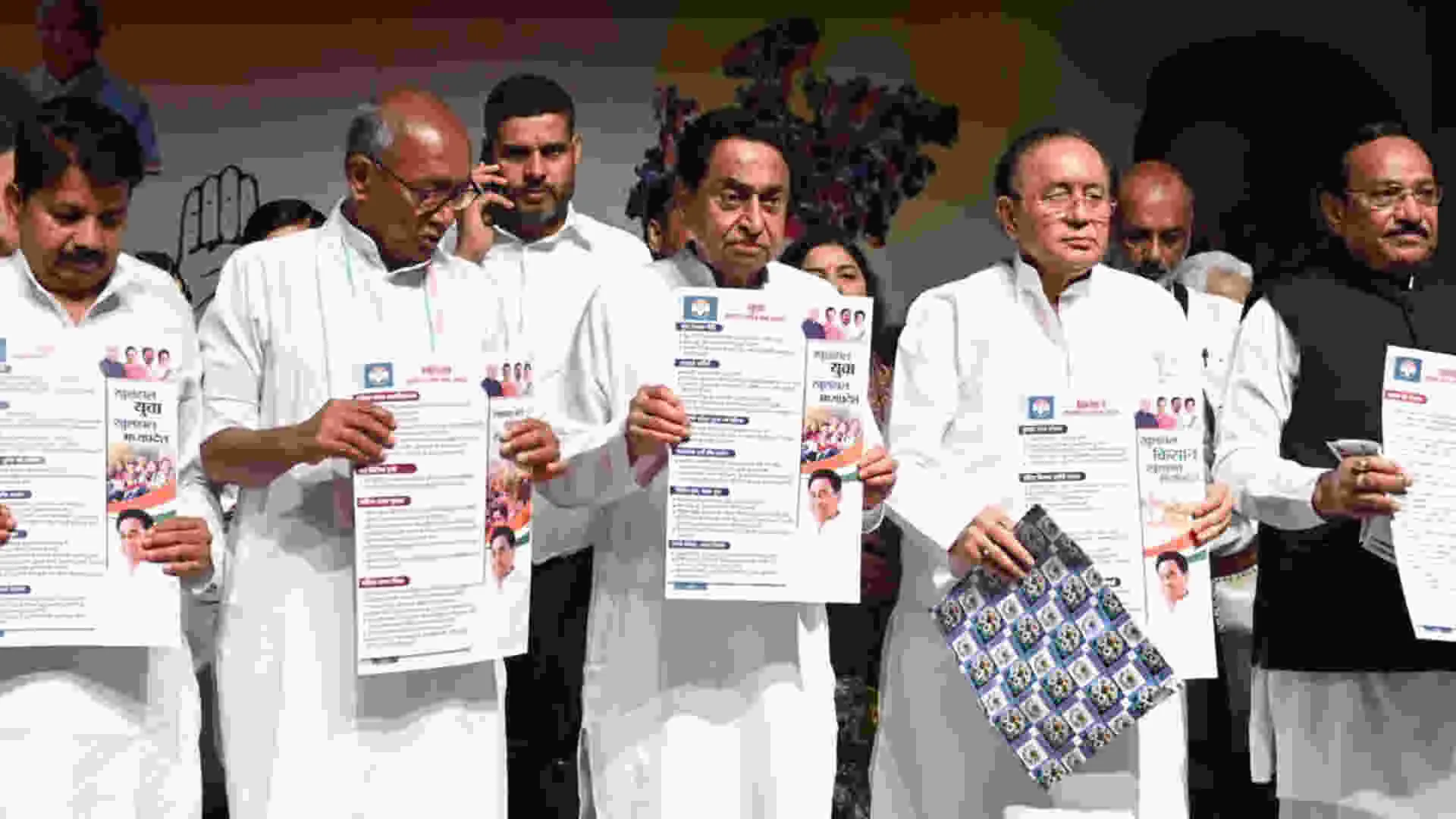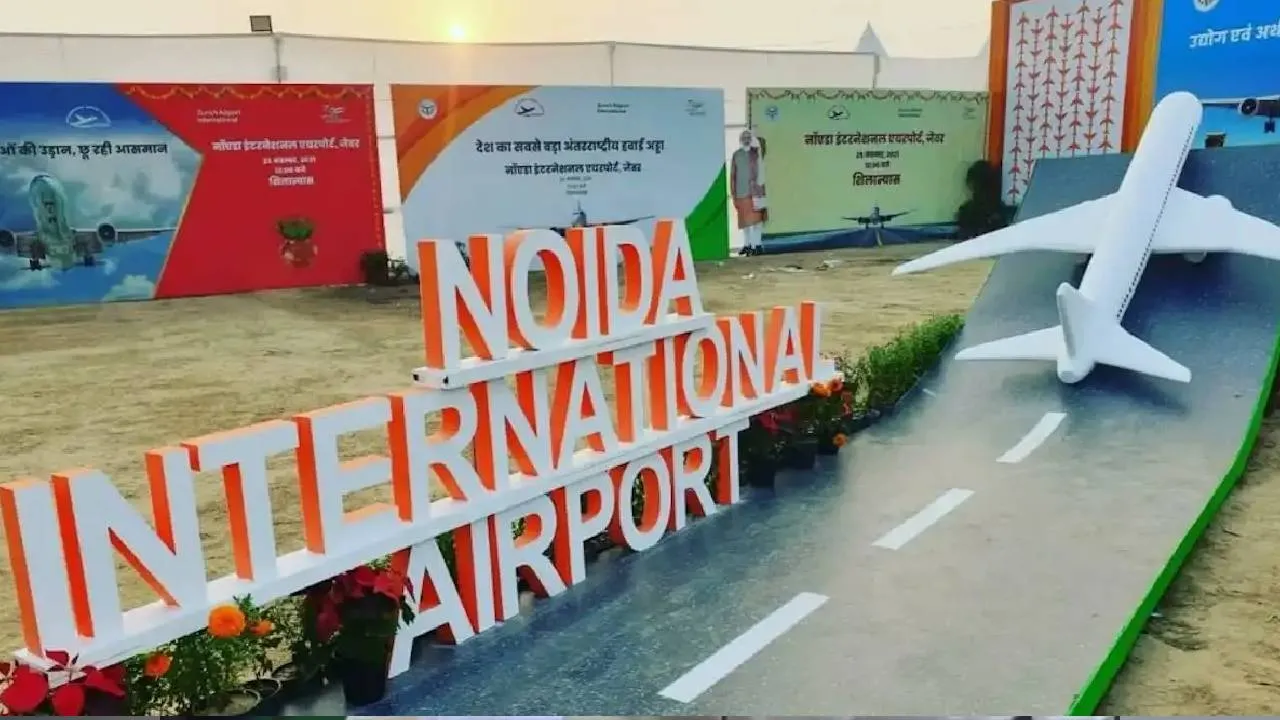Shamsur Rahman Faruqi, a doyen of the Urdu world, breathed his last on 25 December 2020 at his home in Allahabad after having contracted Covid-19. He was hospitalised in Delhi where he recovered from the disease but later developed fungal infection in one of his eyes. He wished to be taken home so he was flown back to Allahabad in an air ambulance.
Born in Pratapgarh, Uttar Pradesh, in 1935, Faruqi, a man who had excellent command over Urdu, Persian and English, was well versed in Hindi and Sanskrit as well. He obtained his Master of Arts degree in English Literature in 1955.
Faruqi, apart from being a prolific writer, had an outstanding career as a civil servant, being employed in the Indian Postal Services from where he retired as the Post Master General in 1994. His career provided him with opportunities of meeting and interacting with people from all walks of life, giving him an insight into their lives. He used these experiences as subjects of his stories.
A legendary critic, poet, theorist, fiction writer, lexicographer, translator, editor and publisher, Faruqi made his mark in all these fields with remarkable capabilities. As a critic he viewed things with newer perspectives and concepts. His education in English Literature was instrumental in his application of Western ideas, ways and methods of literary criticism into Urdu literature. He set new trends in criticism and developed new methods to evaluate literature. Literary criticism can show the right path to writers but pedantic and biased criticism can be a source of discouragement for them. Faruqi, however, raised the standards of criticism and was always eager to encourage new writers.
He successfully edited a literary magazine Shabkhoon (Night’s Blood) for almost forty years and gave opportunities to new and upcoming writers. Faruqi who used modernism in Urdu literature was also a master of classical prosody and science of poetic discourse ‘Ilm-e-Bayaan’. He produced four volumes of Urdu poetry, one of which is ‘Ganj-e-Sokhta’ which have been appreciated for their unique style.
Faruqi’s collection of stories ‘Savaar Aur Doosre Afsane’ are an insight into the socio-cultural aspects of the Indo-Islamic World of the earlier centuries. He wrote in English too and his essays ‘The Secret Mirror, and ‘The Flower-Lit Road: Essays in Urdu Literary Theory and Criticism’ are remarkable.
Dastangoi, an art of oral storytelling, is an old tradition of creating and telling stories by the Dastangos who excelled in this performing art. Faruqi who was a great admirer of the rich Hindustani culture, a lover of traditions, its wealth of languages and their strength of expression worked hard for the revival of this dying art. Due to his efforts, this art is now being practised and appreciated by the present generation.
A recipient of Padma Shri and the Sahitya Akademi Award, he was also conferred the Saraswati Samman Award, considered to be among the highest literary awards in India, for his work ‘Sher-e-Shor Angez’, a four-volume study of Mir Taqi Mir, a famous 18th-century Urdu poet.
His novel Kai Chaand the Sar e Aasman, which was translated into English titled Mirror of Beauty, received tremendous acclaim. So did his other works notably The Sun That Rose from the Earth, Urdu Ka Ibtedai Zamana, Tahfeem-e-Ghalib, Ghalib Afsane Ki Himayat Mein and Ghalib Par Chaar Tehreerein.
His book Early Urdu Literary Culture and History provided the readers a glimpse of linguistic history of Urdu, a language which is spoken not only in the Indian subcontinent but also in many other countries where it is studied in universities too. Faruqi was also a visiting professor at the South Asia Regional Studies Centre at the University of Pennsylvania.
He acknowledged the support and encouragement of his wife in the success of his career. His wife Jamila Hashmi died in 2007. They had both met as college students in Allahabad. His pet dogs and birds gave him company after her death. He is survived by two daughters Mehr and Baran who are both successful academics. He chose to live in Allahabad because he regarded it as his base. His house that he and his wife built in 1970 was there.
Faruqi has carved a glorious place for himself in the history of the literary Urdu world due to his passion, hard work and the strength of his enormous contributions. There is no doubt that he belonged to a rare class of litterateurs and will be missed and remembered for a long time.
Aazim Kohli is writer, poet, ex-member, Sahitya Akademi, Urdu advisory board.




















